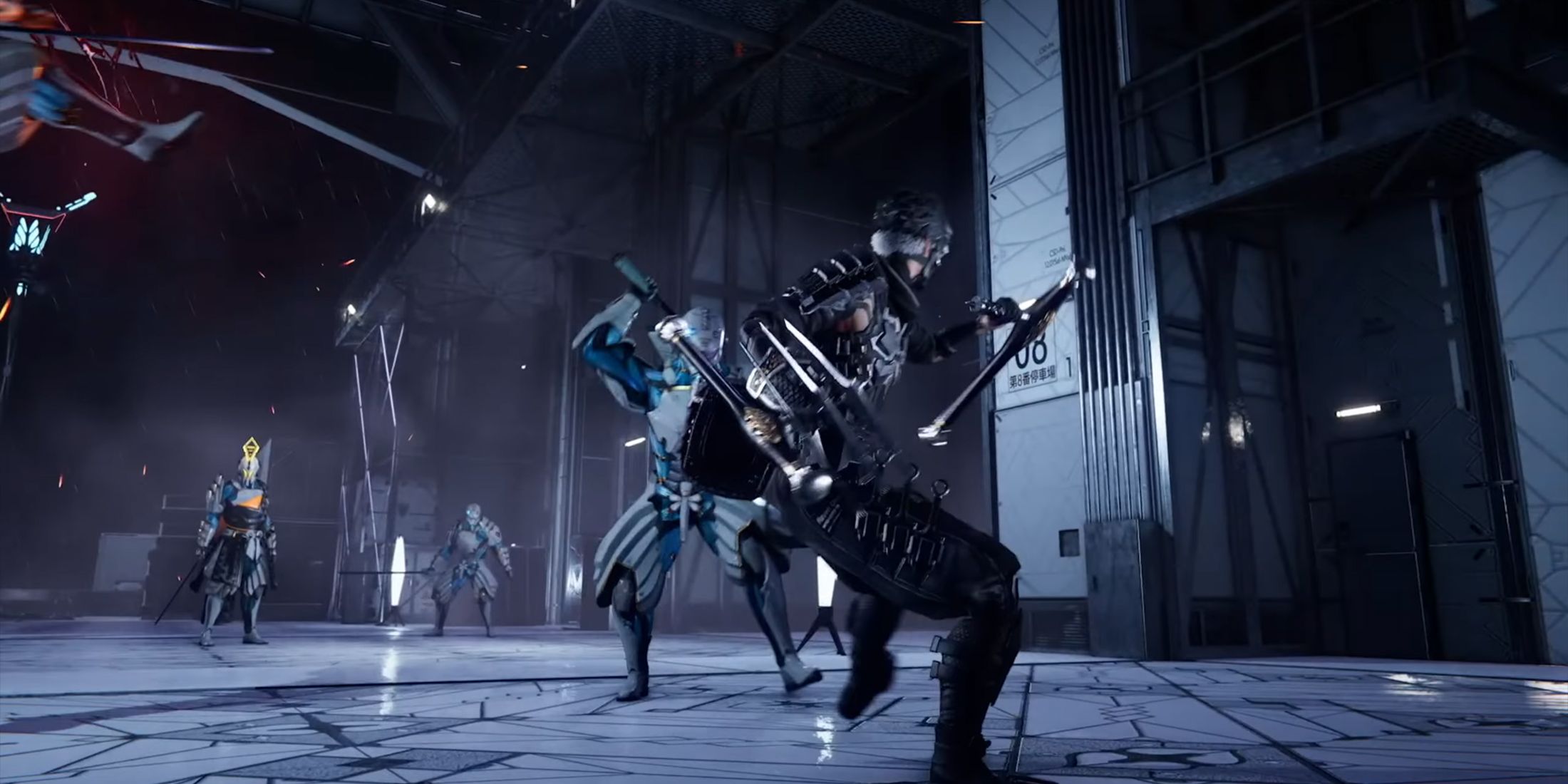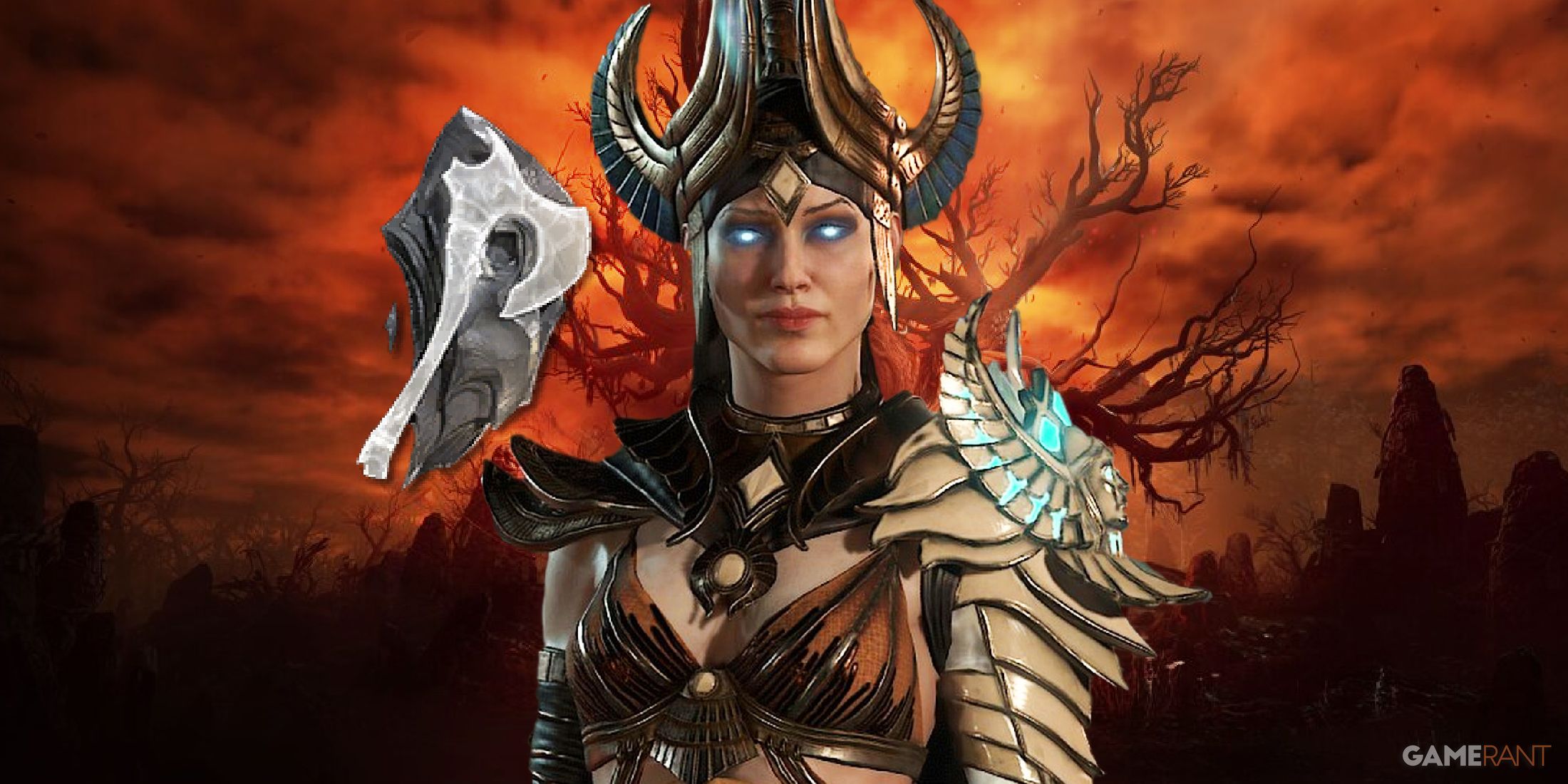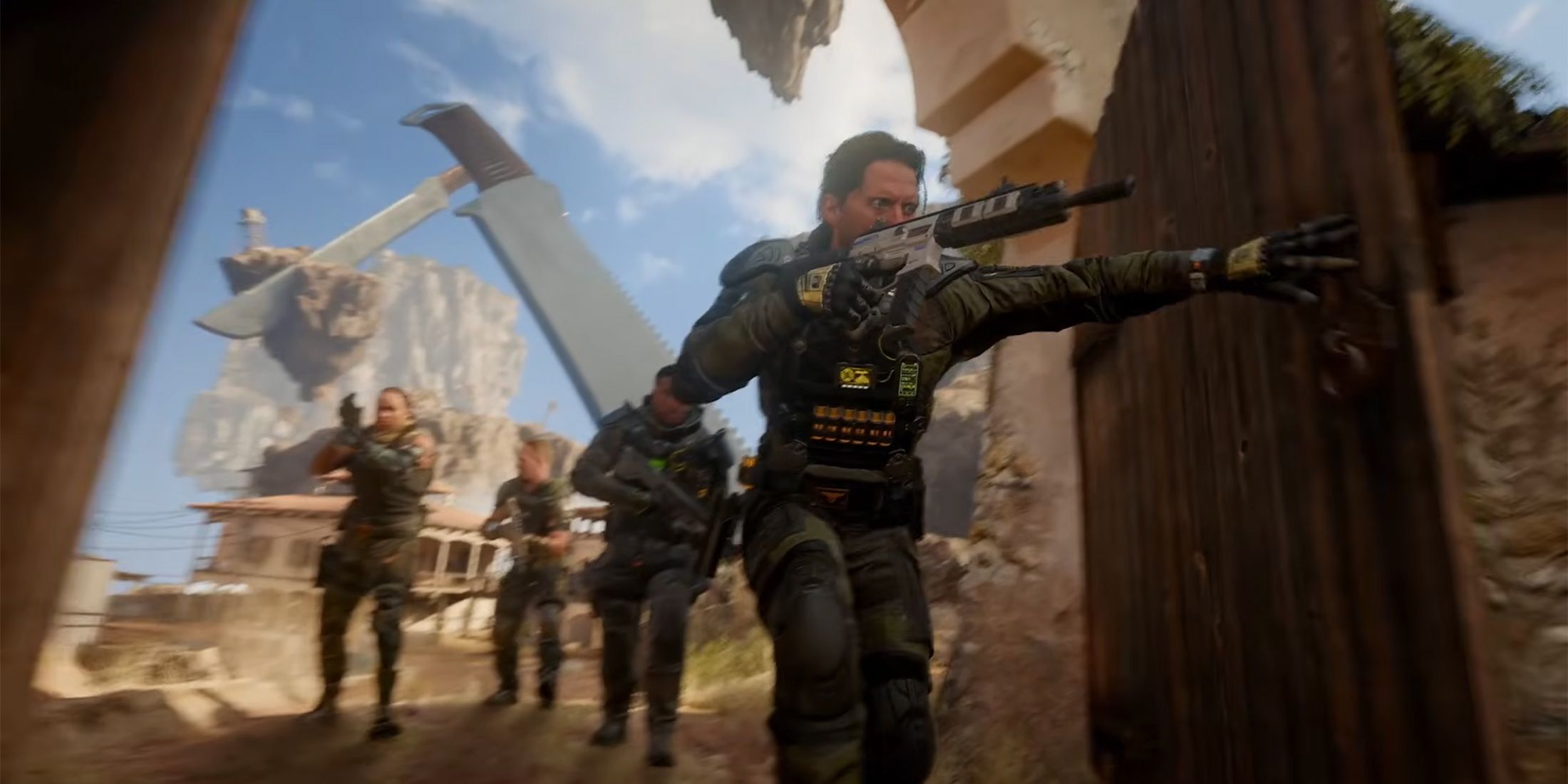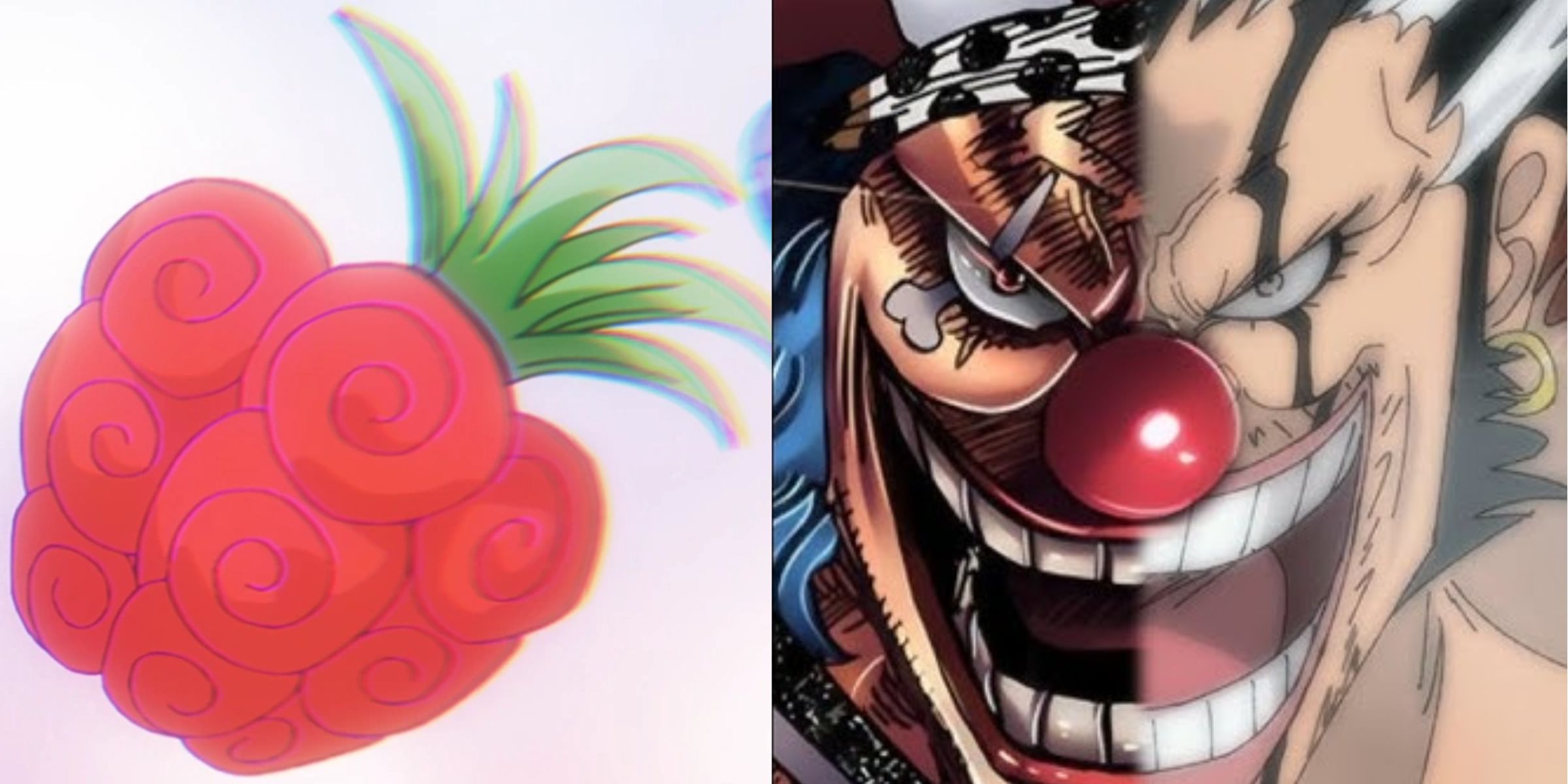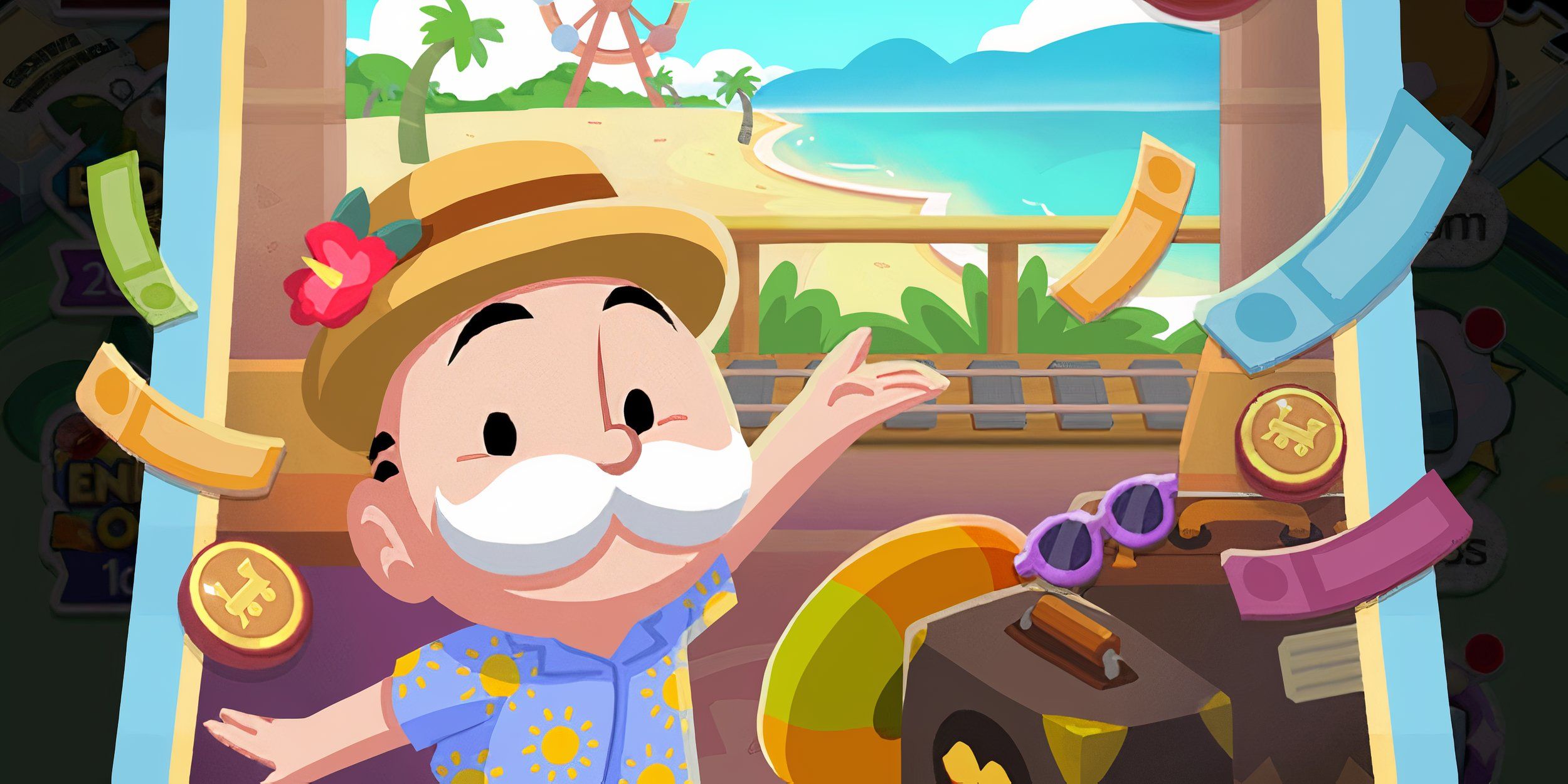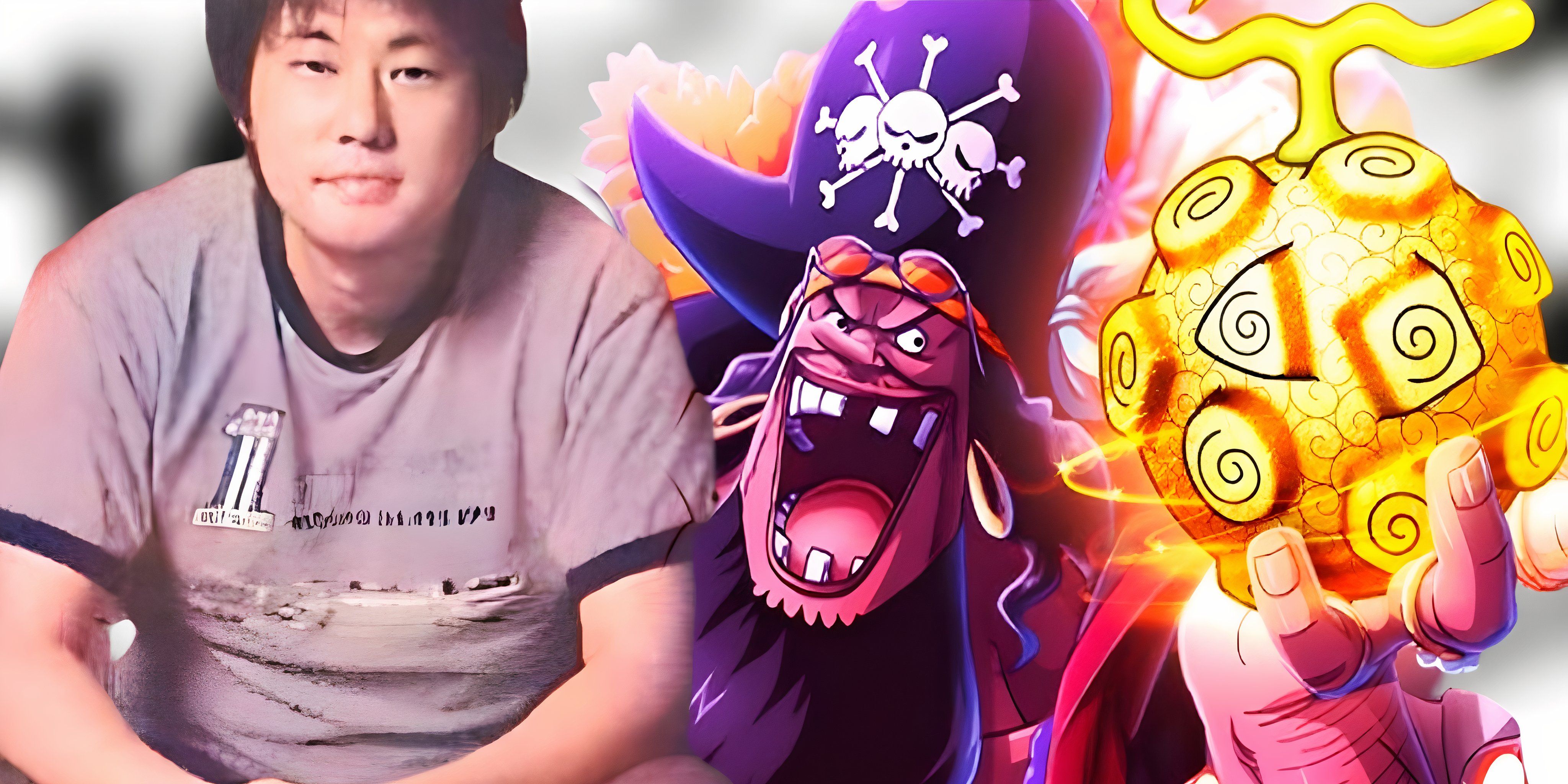I’ve been craving a brand new modern vampire RPG for years now, so naturally I’ve been keeping my eye on Vampire: The Masquerade – Bloodlines 2 and Blood of Dawnwalker. If both of these stick their landings, then it’s possible my thirst for them becomes sated. That remains to be seen, really, because vampires never really go out of style, but I have high hopes for both games. After playing a couple of hours of Vampire: The Masquerade – Bloodlines 2, my hopes are still pretty high but slightly more tempered than before.
In Vampire: The Masquerade – Bloodlines 2, players take on the role of Phyre (pronounced Fire) the Nomad. They’ve been in Torpor for 100 years and have recently awoken in an abandoned apartment building, with a strange mark on their hand and a strange voice in their head. Neither Fabien nor Phyre understands how he got there, and so the two set out to resolve the mystery of their connection. All the while, the vampiric politicking of Seattle gets in their way, setting the stage for plenty of intrigue and roleplaying options.
I was able to play through the opening missions, which were roughly about two hours of content. I was then able to replay it a few times to see all the changes and content available to the various Vampire: The Masquerade – Bloodlines 2 clans. What I saw could best be classified as setting the stage and introducing a few of the power players in Seattle, but the real drama had yet to unfold. Keeping this caveat in mind, it seems that Vampire: The Masquerade – Bloodlines 2 nails a few components of the vampire fantasy, but a few design choices left me a little less than bloodthirsty.
Character Customization is a Mixed Bag of Blood
At this point, I have the tutorial more or less memorized, and the strongest aspect of it is how it balances introducing players to the world of Vampire: The Masquerade without holding their hands. This is where Fabien comes in very well. The dialogue between him and Phyre, for the most part, feels like a fitting conversation for vampires of their years (Fabien is 100, Phyre is at least 400). Their exchanges feel very natural, and his noir detective personality rings through pretty strongly. At first, I was a little put off by Fabien, if only because of the number of “voice in your head” tropes I’ve seen in video games over the past few years. It’s a great storytelling device for video games, granted, and developer Chinese Room uses it for all its capabilities here, meaning Fabien grew on me even if I am a little tired of the trope.
The powerful individual who loses all their strength at the start of the game trope is also here. Again, not a bad thing and it’s used very well, but the opening feels very video game-y.
Players can react to Fabien, as well as the strange mark on the hand, in ways they choose. Fabien will either be intimidated or relieved, depending on how you react to him. How far this relationship goes in terms of the story remains to be seen, but it understandably didn’t seem to impact much in the opening hours. The same could be said of most character introductions during this segment, but there were plenty of reactions to really shape everything that comes after. Either way, Fabien will ask what clan Phyre is from at some point in the tutorial, which is a big and important choice.
Players can choose from the Banu Haqim, the Brujah, the Lasombra, the Toreador, the Tremere, or the Ventrue (although the Lasombra and Toreador are content add-ons). This will determine dialogue options, of which I encountered a few unique ones per clan in my time with the game, as well as starting skills. After completing the tutorial escape and making it to Fabien’s haven, players unlock their first skill, their first outfit, and their character customization options. Fabien will also ask about Phyre’s past as the Nomad, with players able to identify themselves as a warrior, as a traveler, or as a survivor. From there, there are options within to give more context to Phyre’s past, which does come up at least once in these opening missions. The game’s representation of dialogue choices shows a lot of promise, but the visual choices in terms of expression left me scratching my head a bit.
Based on the clan picked, players will have a line of unlocked abilities. The other abilities are locked to the other clans, but it seems players will be able to learn these abilities from said clans later in the game. For every skill players unlock, they unlock a new outfit. That comes across as a bit odd, but it’s not a deal-breaker or anything. Essentially, players will be able to unlock all outfits from every clan in a single playthrough of Vampire: The Masquerade, but what they start with (abilities and outfits) is clan-locked. That’s okay, if a little odd, but the customization choices are extremely limited. Players can choose from one of five hairstyles (with variations of each just based on color). There are more options for facial scars/make-up, skin tone, and eye color, but overall the customization pool feels quite shallow. That said, every Phyre I made was pretty fire, so the limits are just more disappointing than necessarily harmful to the experience.
Vampire: The Masquerade’s Story and Characters Are The Stars of the Show
Without going into spoiler territory, I found myself enjoying the overall story direction and the characters I met along the way. If a noir detective in your head is appealing, then every character in Vampire: The Masquerade carries similar levels of intrigue. I met an errant sheriff, the power behind the Prince, the Prince herself, a fangirling NPC, and a goth woman who believed she was a vampire when she wasn’t, along with a handful of other interesting NPCs. I wasn’t able to do more than dip my toes into the intrigue, but overall, I was very interested in the characters. The same could be said of the story, with one development definitely catching me off guard. I don’t want to go into too much detail, but suffice it to say, the stage was set, and I am still seated for the show.
There’s A Lot to Appreciate About the Gameplay, But I’m Not Completely Sold On It Yet
Vampire: The Masquerade – Bloodlines 2‘s narrative is a huge draw for it, so vampire + narrative fans are in for a treat. But the gameplay did feel more like a vessel for that storytelling as opposed to bona fide vampire gameplay, which means your mileage may vary quite widely. Again, there is the caveat that I was in the opening missions and it could grow from there, but it didn’t click for me right away or in the time I spent in those opening missions. The best comparison I can make for the gameplay is Cyberpunk 2077‘s first-person melee, flaws and all. Instead of cyberware, players just have a handful of vampire abilities and the ability to feed on defeated enemies. One little detail I did enjoy is that the player’s standard attacks do change based on which clan is chosen, so each clan has a unique fighting style/presentation for the player.
It does not help that enemies seem to only have a handful of models, meaning a group of 5-6 Anarchs could have 2-3 enemies who looked the same.
The passives and abilities do add a little flavor. Based on the chosen clan, each Phyre has a unique passive that changes the immediate benefits from feeding. For example, one clan will strengthen Phyre’s melee attacks after feeding, another will make them harder to see, and another will make them take less damage. The starting abilities are a lot of fun, with one clan able to immediately cut someone’s head off, another able to plant a blood bomb in someone, and so forth. My favorite ability was commanding someone to kill themselves (which has scaling effects based on vampire/human and the will of the individual). There’s promise there, but a lot of limits that don’t really unleash the vampire fantasy for me.
The Masquerade
For example, The Masquerade severely limits the gameplay. It’s a great storytelling device that adds a lot of intrigue to some encounters and, of course, carries a lot of narrative weight, but maintaining it during gameplay is less than ideal. If players create a breach in the Masquerade, then they are near-instantly staked in the heart and there’s a game over. This means no terrorizing the humans on the streets of Seattle, but it also means that leaping around buildings, doing a vampiric sprint versus a standard one, or gliding is severely limited in Seattle itself. They probably have a few uses in internal levels, like the tutorial, but when moving from one place to the next, doing any of these can result in a Breach. It does build up over a few seconds, of course, and there is a warning, but it’s restrictive to that vampiric expression.
On that note, a lot of my time in these opening missions was spent moving from place to place. There were things to do at each place, whether just character interactions, combat, or gameplay, but a lot of A-B movements. Seattle is serviceable, but nothing about the city or the setting speaks to any importance in these opening missions. That could and may change as the game develops, of course, but this could be New York City for all the player knows, especially with the snow.
Fabien
There are some flashbacks throughout the game where players are Fabien instead of Phyre, and this added touch of detective gameplay seems like it has promise. I was only able to play the tutorial to this, effectively, but it was a lot of fun, if somewhat easy. A lot of Fabien’s powers are about convincing others to forget themselves, making them think Fabien is someone else, or speaking to corpses. These abilities are required to proceed to this level, but for the most part, they are just quickly selected and done with. There’s promise here, but again, a lot of the gameplay feels less like a vital part of the game and more completely in service to the narrative.
Narrative Over Gameplay
Based on my time with Vampire: The Masquerade – Bloodlines 2, I would say that the narrative and gameplay both have plenty of room in the game to grow. It feels very much like I saw everything I am going to see gameplay-wise, while the intrigue surrounding the story and characters has plenty of available avenues. Those avenues currently carry a strong appeal, overall, and Vampire: The Masquerade – Bloodlines 2‘s narrative could be something worth sinking your teeth into.
Game Rant was provided a Steam code for the purposes of this preview.




